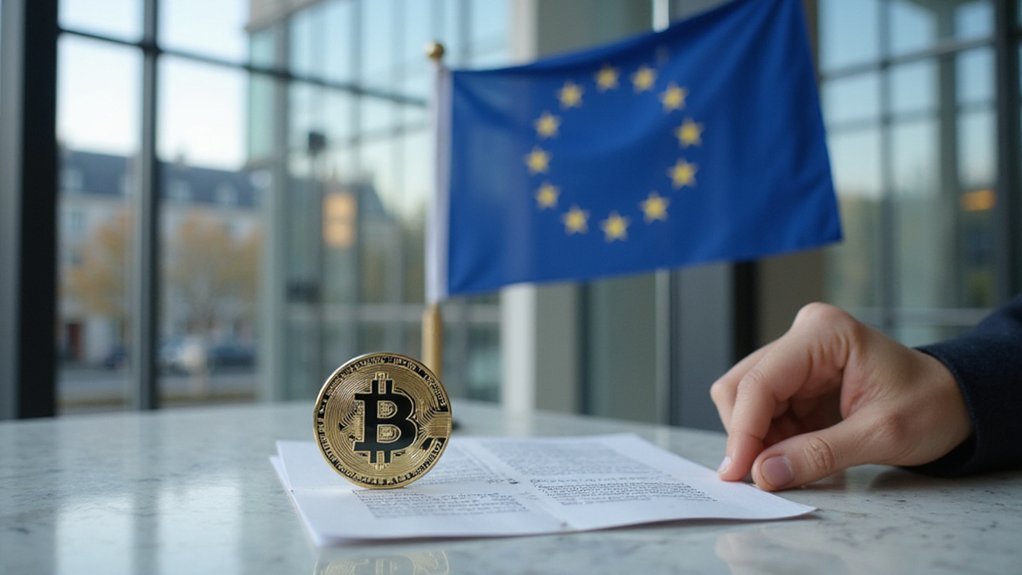Turkey has released a broad regulatory framework that transforms its cryptocurrency landscape from a relatively permissive environment into one of the world’s most stringent digital asset jurisdictions. The Capital Markets Board now requires Crypto Asset Service Providers (CASPs) to obtain licenses while operating as joint-stock companies—a corporate structure that, while traditional, seems almost quaint in the decentralized world of digital assets.
Turkey’s cryptocurrency transformation imposes traditional corporate structures on inherently decentralized digital assets, creating regulatory irony in the blockchain space.
The financial barriers alone would make even seasoned venture capitalists wince. Exchanges must maintain 150 million Turkish lira ($4.1 million) in paid-in capital, while custodians face an eye-watering 500 million lira ($13.7 million) threshold. These requirements effectively eliminate smaller players from the market, creating an oligopolistic structure that regulators certainly view as easier to monitor and control.
Turkey’s approach to transaction monitoring reveals a surveillance apparatus that would impress even the most privacy-conscious observers. Identity verification kicks in at 15,000 lira ($425), while thorough record-keeping extends to failed transaction attempts—because apparently, even unsuccessful crypto endeavors warrant regulatory scrutiny.
The mandatory 48-hour withdrawal delays (extending to 72 hours for new accounts) transform what crypto enthusiasts celebrate as instant transactions into a decidedly analog waiting game. Despite these restrictions, holding and trading cryptocurrencies continues to remain fully legal under Turkish law.
Stablecoin restrictions particularly demonstrate regulatory anxiety about capital flight. Daily transfer limits of $3,000 for ordinary users, combined with monthly aggregate caps, suggest authorities recognize these dollar-pegged tokens as potential vehicles for circumventing currency controls. The timing, coinciding with the lira’s persistent weakness, hardly seems coincidental.
The regulatory machinery involves multiple agencies, with TÜBİTAK (Turkey’s scientific research council) providing technological oversight alongside the CMB’s licensing authority. This multi-layered approach guarantees thorough surveillance while distributing regulatory burden across institutions. All platforms must integrate with Turkey’s Central Securities Depository (MKK) as part of the mandatory infrastructure requirements.
Cross-border transactions face enhanced due diligence requirements that effectively slow international crypto flows to traditional banking speeds. While Europe implements its comprehensive MiCA regulation to balance innovation with consumer protection, Turkey’s restrictive approach suggests a more cautious stance toward digital asset integration. The irony proves palpable: regulations designed to protect financial stability may accelerate the very capital flight they aim to prevent, as sophisticated users migrate to jurisdictions offering genuine regulatory clarity rather than restrictive compliance theater.
For Turkish crypto entrepreneurs, the message remains unmistakable—innovation requires deep pockets, regulatory patience, and acceptance that their digital assets will operate within decidedly traditional financial frameworks.









